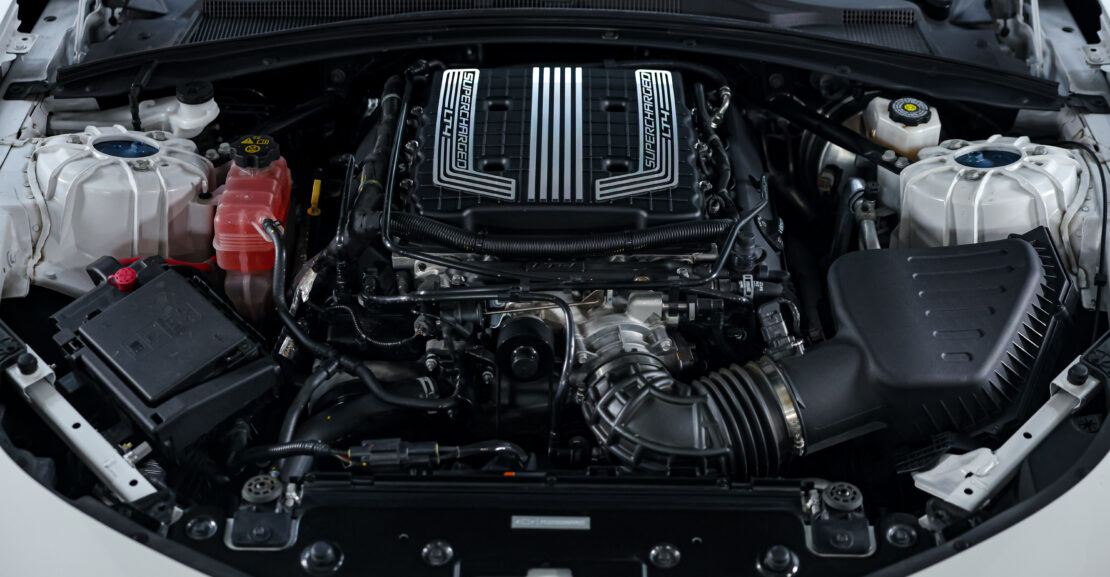
What do you think is the price of a Formula 1 car? You might be surprised at how much goes into creating these incredible machines that race at breathtaking speeds. Understanding the financial aspects of Formula 1 can be both fascinating and eye-opening. Let’s break this down together.
The Basics of Formula 1 Car Costs
When you think about a Formula 1 car, the number that comes to mind often sounds astronomical. The cost of building a Formula 1 car can range from $12 million to over $20 million per car, depending on the team and the specifications. This price is not just for the car itself; it encompasses a variety of factors that contribute to its performance on the track.
Costs Associated with the Car Design
The design phase is crucial and involves substantial investment. Engineers and designers spend countless hours creating the car’s frame, aerodynamics, and systems. State-of-the-art software helps in simulating performance and analyzing outcomes before physical prototypes are even built. This process alone can set a team back by millions.
The Materials Used
Not every material is created equal. High-performance materials such as carbon fiber, titanium, and specialized alloys are standard in building F1 cars. Carbon fiber is lightweight yet incredibly strong, making it a top choice for several components, including the chassis. This premium quality comes at a cost, driving up the overall price.
The Technology Inside
Technology plays a significant role in the performance of a Formula 1 car. From engine control units to sensors that monitor every function, the investments in technology are substantial. Teams are continually developing new systems to gain even a subtle edge. These advancements come with research, development, and testing costs that can easily add several million dollars to the budget.
Breakdown of Major Components
To better understand what constitutes the costs of a Formula 1 car, let’s delve into some major components and their approximate costs.
The Chassis
The chassis of a Formula 1 car is the backbone. It provides the structure and support for the car and is designed to be lightweight yet rigid. The cost to manufacture it is significant, often exceeding $3 million. This includes the research and development needed to ensure maximum safety and performance.
The Engine
The engine is one of the most critical components. The latest hybrid turbocharged engines are incredibly advanced, both in performance and efficiency. The development cost can reach up to $12 million or more, depending on the specifications and development cycle. Think about it: these engines can produce over 1,000 horsepower!
The Transmission
The transmission in a Formula 1 car delivers power to the wheels while optimizing performance. Advanced gear systems allow for rapid gear changes under extreme conditions. A high-quality transmission can cost anywhere from $1 to $2 million.
The Aerodynamics Package
Aerodynamics is vital in achieving speed and efficiency in F1. Each team invests heavily in wind tunnel testing and design. The costs here can vary widely but often range from $3 million to $5 million. A well-designed aerodynamics package can be the difference between winning and losing.
The Tires
Though the tires are often overlooked, they are crucial for performance. F1 tires are specially designed for different weather conditions and track surfaces. A set of tires can cost about $2,000 to $4,000, depending on the type used. Teams typically use multiple sets during a race weekend!
The Electronics
F1 cars are equipped with sophisticated electronic systems that monitor various parameters and assist the team in making strategic decisions. These systems can collectively cost over $1 million. The data they provide can make all the difference during a race.
Additional Costs of Team Operations
Building the car is just one piece of the puzzle. The operation of an F1 team requires significant additional funding.
R&D and Testing
Before a car hits the track, it undergoes rigorous testing and development. Teams often spend millions annually to improve their designs and technologies. This includes track testing and simulations, all aimed at potentially improving performance.
Staff Salaries
An F1 team employs hundreds of highly skilled professionals, from engineers and mechanics to data analysts and strategists. Salaries for these team members can quickly pile up—not to mention the costs related to training and retaining top talent.
Logistics and Travel
Traveling around the world for races requires a detailed logistical plan. This includes transporting cars, equipment, and staff. Costs can skyrocket over a season, amounting to millions as teams go from one Grand Prix to another.
Marketing and Sponsorships
While costs are high, F1 teams also generate revenue through sponsorships. However, teams must invest heavily in marketing to attract sponsors. This expense can also reach millions, as a well-presented team has better chances of securing lucrative partnerships.
Team Specific Costs
Different teams have varying budgets, depending on their financial backing and objectives. Larger, more successful teams often have larger budgets.
High-Budget Teams
Top-tier teams like Mercedes and Ferrari can have budgets of over $400 million per season. This allows them to invest significantly in R&D, staff, and technology, leading to better on-track performance.
Mid-Range Teams
Teams that hover in the midfield often have budgets around $150 million. While they don’t have the financial muscle of top teams, they still invest heavily and aim to be competitive.
Lower-Budget Teams
Smaller teams may operate with budgets of $70 million to $100 million. They often face challenges in competing with more financially robust teams, which can limit their performance and technological advancements.
Conclusion: The Total Cost of a Formula 1 Car
Considering all the above, a single Formula 1 car plus operational expenses can easily exceed $500 million for a single season. This total reflects the tremendous investments in engineering, technology, logistics, and staffing necessary to compete in this thrilling sport.
Where to Learn More
If you have more questions about exotic cars, feel free to reach out to Xclusive Automotive Group. They open Monday through Friday from 10:00 AM to 7:00 PM and Saturday from 10:00 AM to 6 PM. You can find them at the following address:
Xclusive Automotive Group
14505 Hayden Rd
Suite 100
Scottsdale, AZ 85260
(480) 997-0561
Google Maps
Website
They can provide answers to all your exotic car questions. It’s always enlightening to learn more about this fascinating industry, especially when it comes to thrilling machines like Formula 1 cars!


